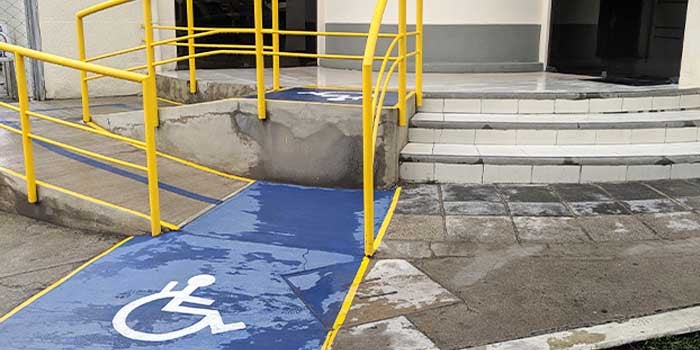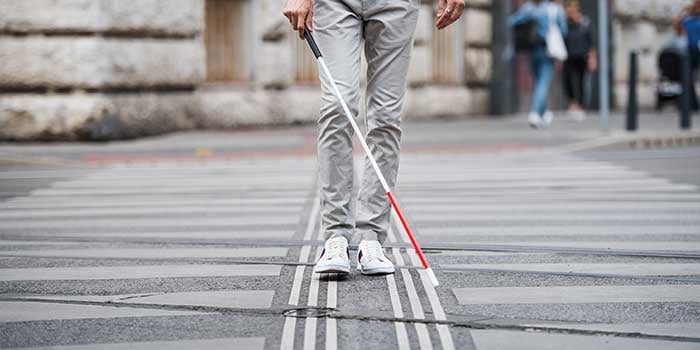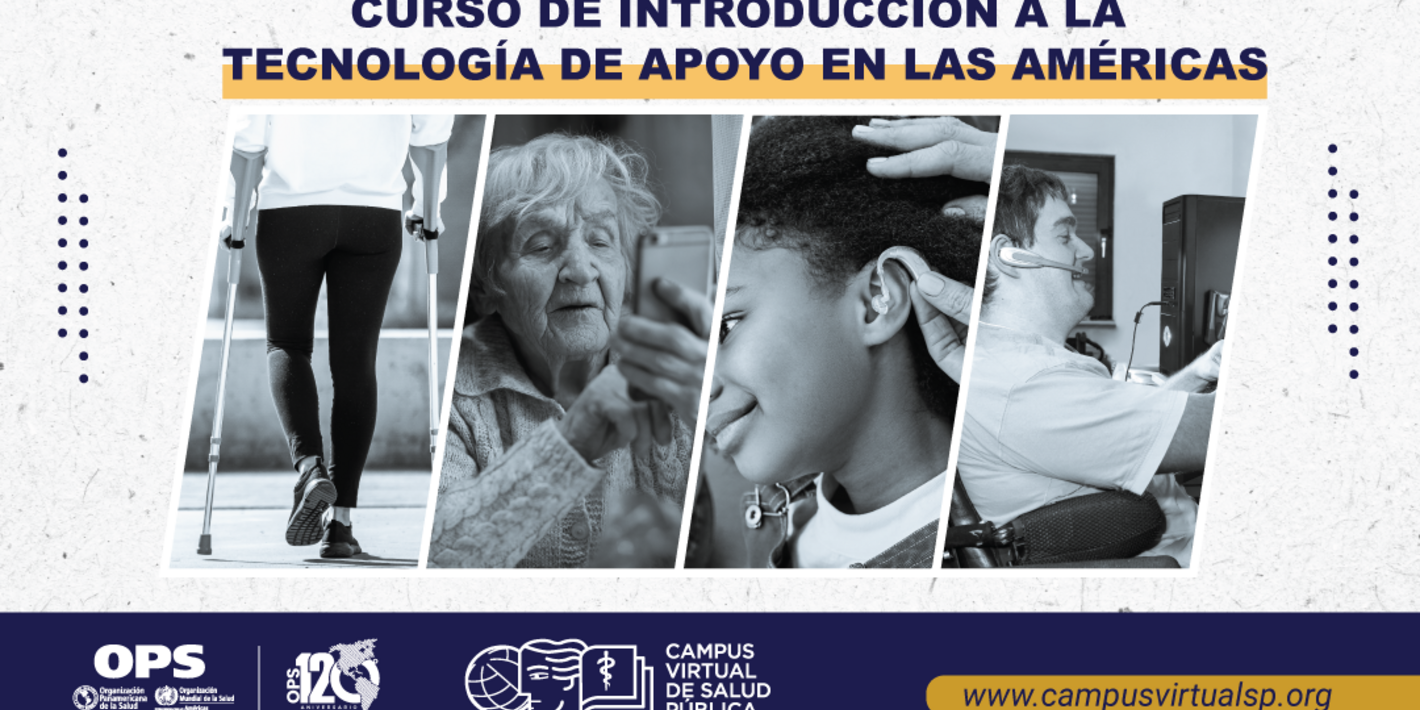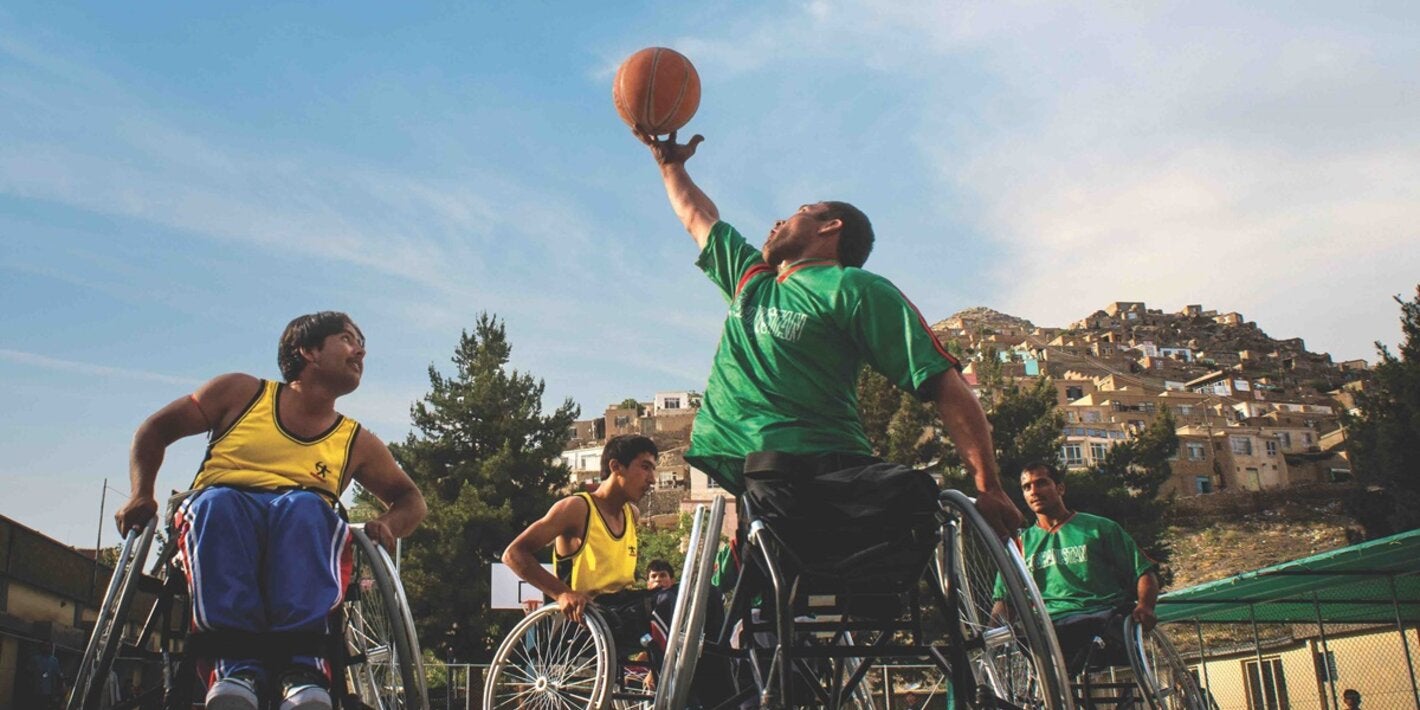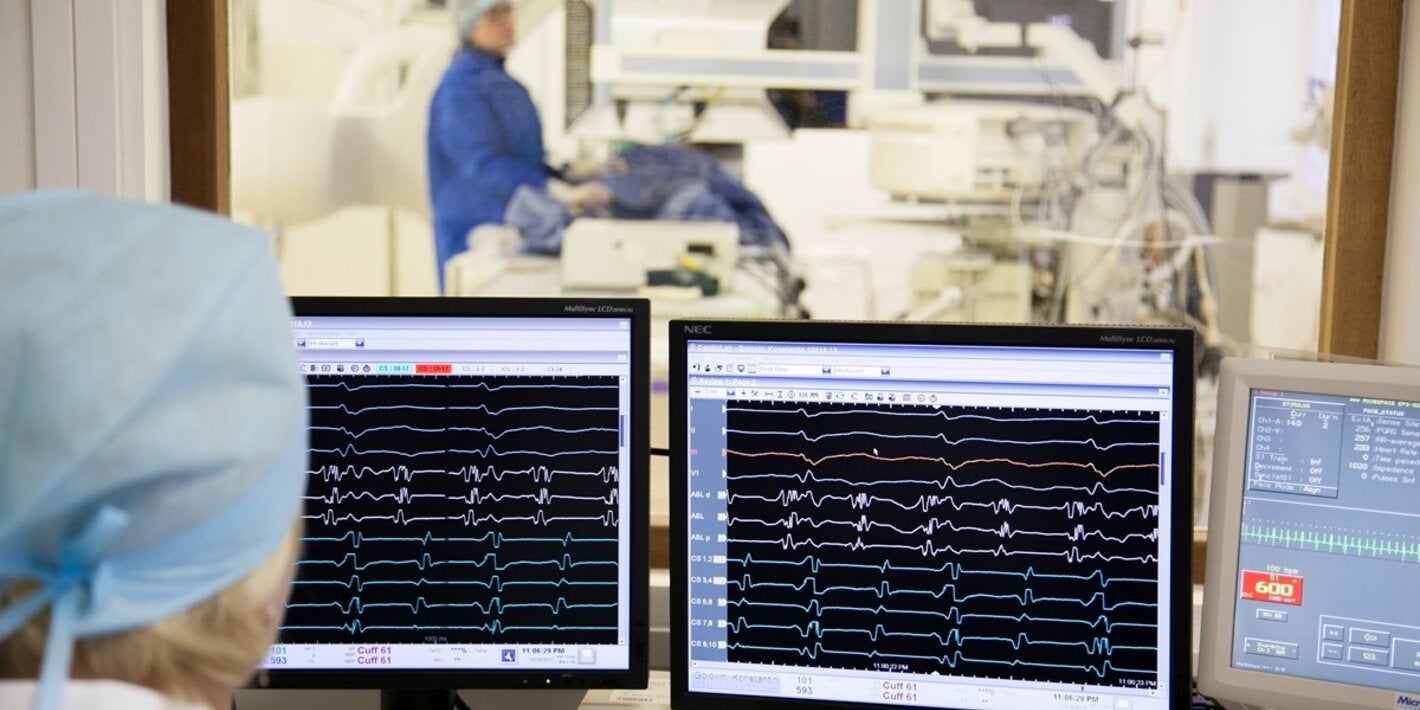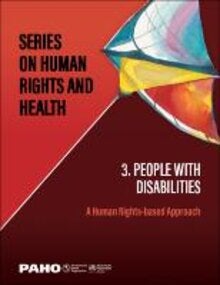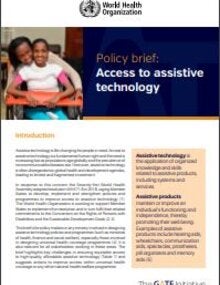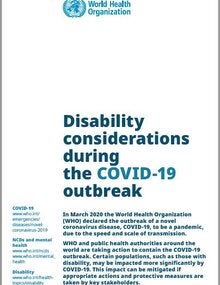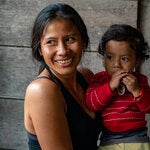People with disabilities experience significant health inequalities compared to those without disabilities. In this area of work, PAHO seeks to improve health equity and inclusiveness of the health system for people with disabilities in line with key Regional and Global human rights frameworks.
Disability is part of being human. An estimated 1.3 billion people – about 16% of the global population – currently experience significant disability. This number is increasing in part due to population ageing and an increase in the prevalence of noncommunicable diseases.
Disability results from the interaction between individuals with a health condition, such as cerebral palsy, Down syndrome, and depression, with personal and environmental factors, including negative attitudes, inaccessible transportation and public buildings, and limited social support.
A person’s environment has a huge effect on the experience and extent of disability. Inaccessible environments create barriers that often hinder the full and effective participation of persons with disabilities in society on an equal basis with others. Progress on improving social participation can be made by addressing these barriers and facilitating persons with disabilities in their daily lives.
- Almost 12% of the Latin American and Caribbean population is thought to live with at least one disability, representing around 66 million people.
- All countries and territories of the Region have signed the UN Convention on the Rights of Persons with Disabilities. 34 countries have ratified The convention.
- 17 Countries have signed the Inter-American Convention on the Elimination of All Forms of Discrimination Against Persons with Disabilities
- People with disabilities are 2-4 times more likely to die in disasters and emergencies than those without disabilities.
- Many health facilities and services are inaccessible to people with disabilities. Barriers that are faced by people with disabilities include inaccessible health spaces, communication barriers, a lack of training for professionals, and financial barriers.
The disability programme provides leadership and technical cooperation to member states on the needs and inclusion of people with disabilities within public health programming. This involves a particular focus on four specific areas:
- promoting health equity for people with disabilities in the Americas, through accessible and inclusive health systems;
- improving inclusive emergency preparedness and response mechanisms (led by PAHO’s emergency department);
- strengthening the collection of data and evidence on disability;
- promoting community based inclusive development/community based rehabilitation as a means to implementing the CRPD and empowering people with disabilities and their communities.
PAHO works closely with ministries of health and relevant stakeholders, including persons with disabilities and their representative organizations, to fully integrate and promote disability inclusion in the health sector and advance health equity for persons with disabilities. We support countries in their work to ensure persons with disabilities:
- have equitable access to effective health services;
- are included in health emergencies preparedness and responses; and
- can access cross-sectoral public health interventions to achieve the highest attainable standard of health.
Building on the Global Report on Health Equity for Persons with Disabilities, WHO has developed the Health Equity for Persons with disabilities: Guide for Action (or Disability Inclusion Guide for Action). It provides technical guidance on the process that ministries of health should lead on to integrate disability inclusion into existing health systems governance, planning, and monitoring.
The process is organized in a cycle of four overlapping and continuous phases:
- Prepare for the Disability Inclusion Guide for Action by identifying and engaging relevant stakeholders.
- Assess the situation of disability inclusion in all of the health system's strategic entry points, such as governance, financing, physical infrastructure, service delivery, or health information systems.
- Design disability inclusive actions for the health sector, prioritizing areas and identifying available resources.
- Implement and monitor disability inclusive actions in health sector policies, plans, and programmes.


